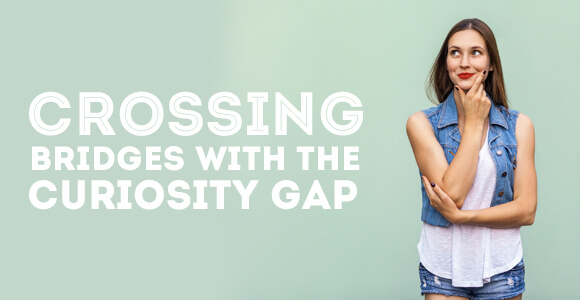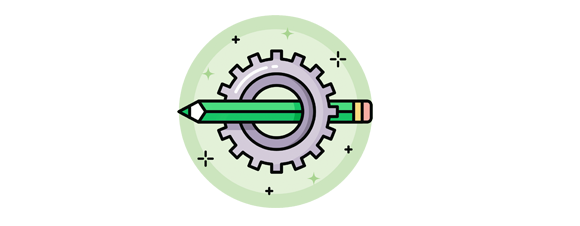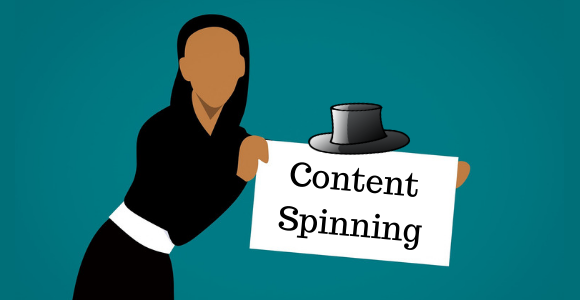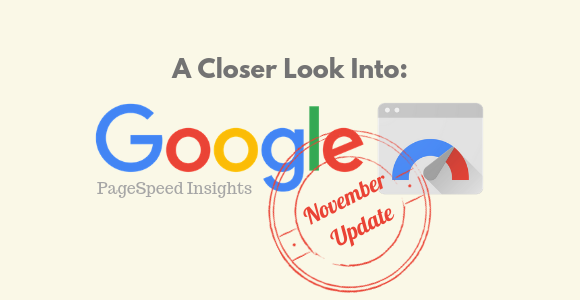
Think Sheherazade. Think Eve. Think Pandora’s Box. Think Lot’s wife. Think of every cliffhanger in a book or series. I bet you already know where I’m going with this. That’s right, I’m talking about the common denominator in all these examples…
A little thing called Curiosity
And a bigger, more trending thing called The Curiosity Gap.
The Theory Behind It
For newcomers to the term, this so-called “curiosity gap” is a technique used by marketers based on “the information gap theory of curiosity” by academic George Lowenstein. According to him, this is a state that occurs when people identify an existing gap between what they currently know and what they would like to know. In marketing terms, creating such information gaps in people’s minds is a particularly strong technique that, if applied correctly, prompts them to take action, a.k.a. Click on “Read More,” press “Retweet,” hit “Buy Now.”
It might come as a surprise, but this is actually not a new theory at all. Lowenstein first came up with his information gap theory back in 1994, long before social media was even a thing. It has since become the go-to tool for social media and content marketing professionals trying to leverage this innate human trait for their benefit. BuzzFeed and Upworthy were among the first companies to incorporate it into their content creation strategy.
Should You Use It
To give you the diplomatic answer: It depends.
Moving on to non-diplomatic answers, I think you should.
Utilizing this technique works best for companies with an extremely broad audience, and it can greatly increase traffic. However, that doesn’t mean this traffic comes from your target audience. It could come from anyone whose interest you managed to spark (yes, that includes your annoying neighbor, too). I said you should use it, but not everywhere and not with everyone.
Yes, But How?
The line between the curiosity gap and clickbaits is thin
I already talked about the clicks and the baits of clickbaits and how they relate to the curiosity gap. And while they are related to a great extent, they are more like cousins rather than siblings.
The way I see it, there are three major points to consider:
1. Your SEO might suffer — Google likes, no, loves, titles that contain everything its bots are looking for which means keywords and answers. A “curiosity gap” kind of title doesn’t necessarily have both these things.
Pro tip: Instead of using it for major content headlines, leverage this technique for your social media posts.
2. Moderation in content — If you identify a gap that is too large or too small in the mind of the reader, it will get you nowhere. You don’t want to overpromise and underdeliver or vice versa.
Pro tip: Don’t go overboard on the language. Go to the tip of the board and stay there.
3. Moderate use — Also, you should regulate the frequency with which you use the curiosity gap technique. If you use it too often, you might put off your readers or have people associate your brand with false promises (in case you underdeliver).
Pro tip: Don’t just go after curiosity, aim for the element of surprise. Use it when your readers least expect you to do so.
If you’d like help writing the perfect “curiosity gap” headline, our web content writers can help. Anyways, what do you think about the curiosity gap, is it something you would use or not? Let me know in the comment section below!






